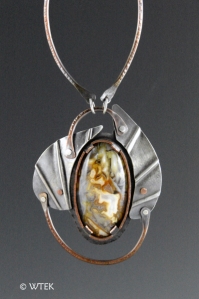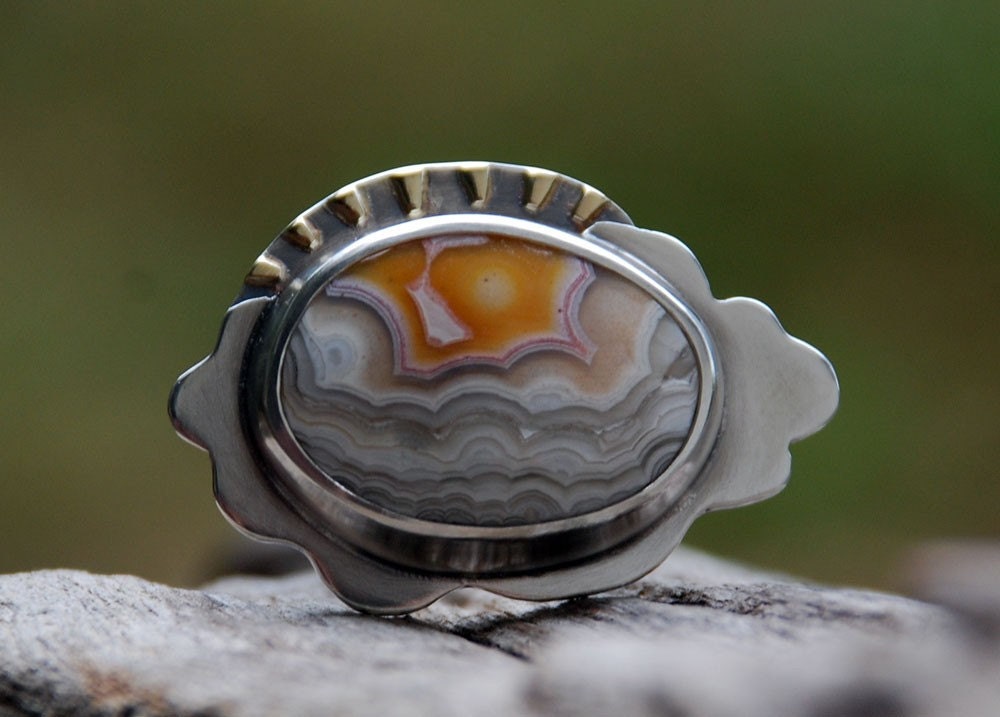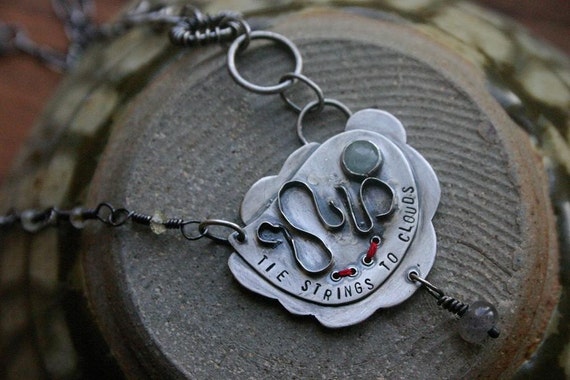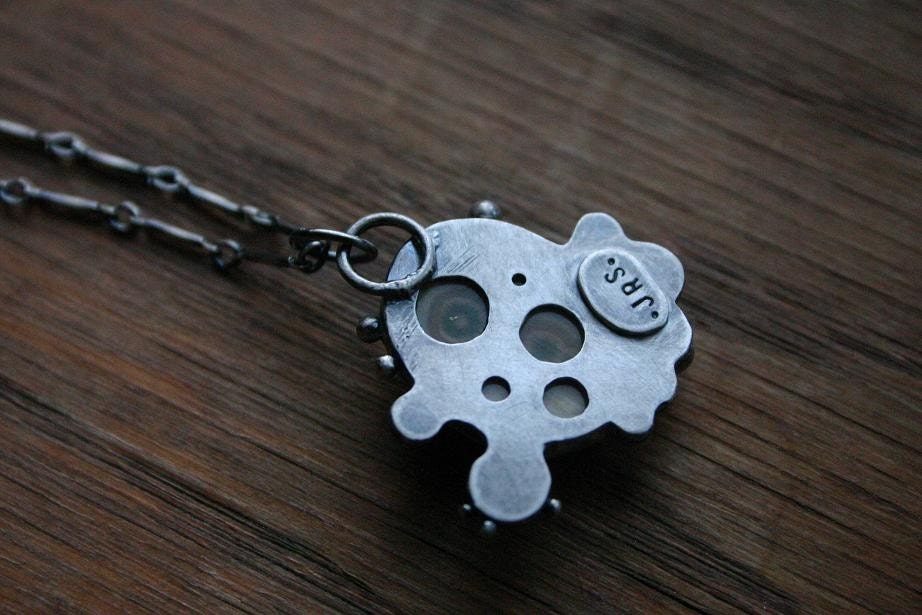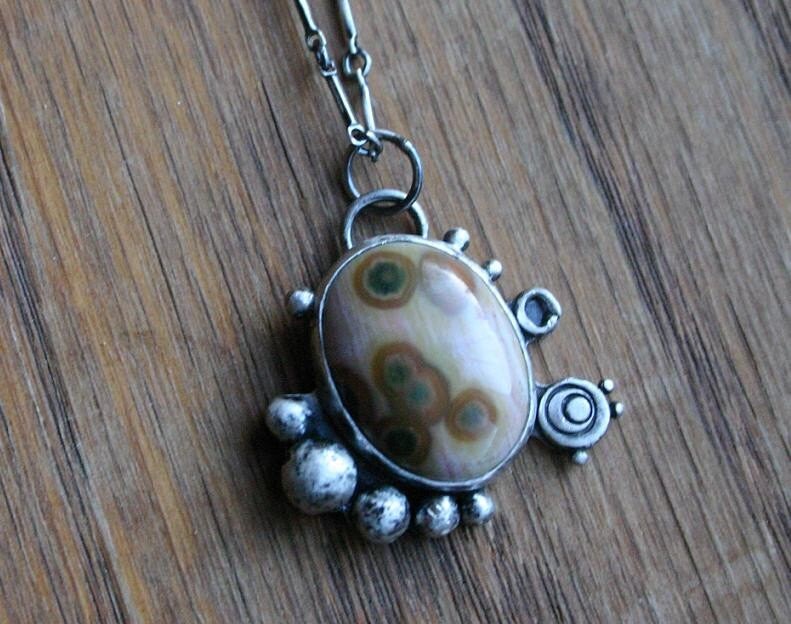Demonstrate competency in
traditional and new art media
|
4
Advanced Understanding of the Standard
|
3
Meets the Standard
|
2
Approaches the Standard
|
1
Does Not Meet the Standard
|
Evidence Outcome:
Create works of art representing traditional subject matter that
use new media
|
Excellent care and
craftsmanship shown in the work. Your design has more than 5 pierced areas.
The design is original, no cliche images were used.
The bracelet is wearable no sharp edges or points, it’s curved properly and
the links are neat and stable. Cutting is accurate on the piece and proper
filing has left the edges completely smooth, and sanding has removed solder,
file marks, and scratches. Wires are soldered completely to the surface and
ends of the wire are filed. The surface is evenly sanded or polished the
surface looks finished. If you used Liver of Sulfur the surface is even and
properly sanded with steel wool to create a soft bright finish.
|
Proficient/satisfactory care, craftsmanship and skill shown in the
work. Your design has at least 5 pierced areas.
The design is original, no cliche images were used.
The bracelet is wearable no sharp edges or points, it’s curved properly and
the links are neat and stable. Cutting is accurate on the piece and proper
filing has left the edges mostly smooth, and sanding has removed most of the
solder, file marks, and scratches. Wires are soldered completely to the
surface and ends of the wire are filed. The surface is evenly sanded or polished
the surface looks finished. If you used Liver of Sulfur the surface is even
and properly sanded with steel wool to create a soft bright finish.
|
Developing care, craftsmanship and skill shown in the work. Your design has
less than 5 pierced areas. You may have used cliche images for the design.
Piercing has some sharp edges or points and it may not have been curved
properly. Cut out areas are over-cut. Cutting is mostly accurate on the
piece. Proper filing has left the edges mostly smooth, and sanding has not
removed all of the solder, file marks, and scratches. Wires are not
completely soldered onto the surface and or the ends of the wire are not
filed. The surface is not evenly sanded or polished. You may not have
completed your bracelet with a smooth finish or patina.
|
Beginning care, craftsmanship and skill shown in the work.
Your design has less than 4 pierced areas. You’ve used cliche
images for the design. Piercing has sharp edges or points and is not curved. Cut
out areas are over-cut. Cutting isn’t accurate on the piece. The work is not
filed, and sanding has not removed all of the solder, file marks, and
scratches on the surface. Wires are not completely soldered onto the surface
and or the ends of the wire are not filed. The surface is not evenly sanded
or polished. Your bracelet does not have a finish on the surface.
|
